It was in the late 16th century that the seat of the bishop in Algarve shifted from Silves to Faro. The need to provide the bishopry with an adequate building became clear.
The works took between 1581 and 1585, when the bishop of Algarve was D. Afonso Castel-Branco. The result was a two storeys building, with a symmetrical front facade which became home to the bishop of Algarve.
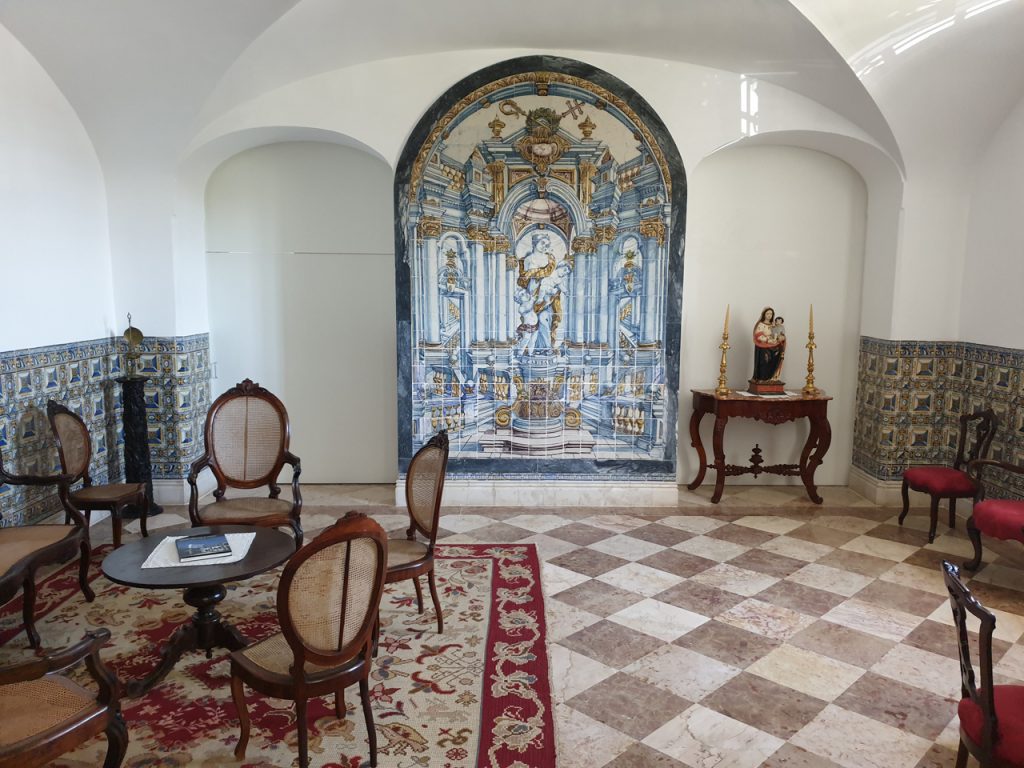
The great earthquake of 1755 caused significant damage in the building. The bishop was by then D. Frei Lourenço de Santa Maria, who directed the works which followed.
The palace was expanded and the blue tiles panels were created. A a touch of Rococo style was brought to the building. You can observe this on the front door and the windows around it. A note to the roof, designed following an unique technique, found only in Faro and Tavira, named scissor-roofs. This means that instead of a homogenic roof surface the builder creates several pyramidal roofs, usually one for each of the house’s rooms. In the case of this palace there are seven scissor-roofs.
In 1913 the palace was taken by the State and handled to the Portuguese Navy. For a while it was used as a naval gymnasium. It was returned to the Catholic Church in the 60’s of the 20th century.
The highlight of a visit to the Bishop’s palace has to be the blue tiles panels which can be seen in several walls. These panels were created in the 18th century. Some show influences of Baroque while others are clearly inspired by the Rococo aesthetical principles. The latter feature an impressive chromatic variety.
One of the panels in the ground floor shows a representation of Charity and in another one, from the period Late Baroque, we can observe Faith, Hope, Prudence, Justice and Strength.
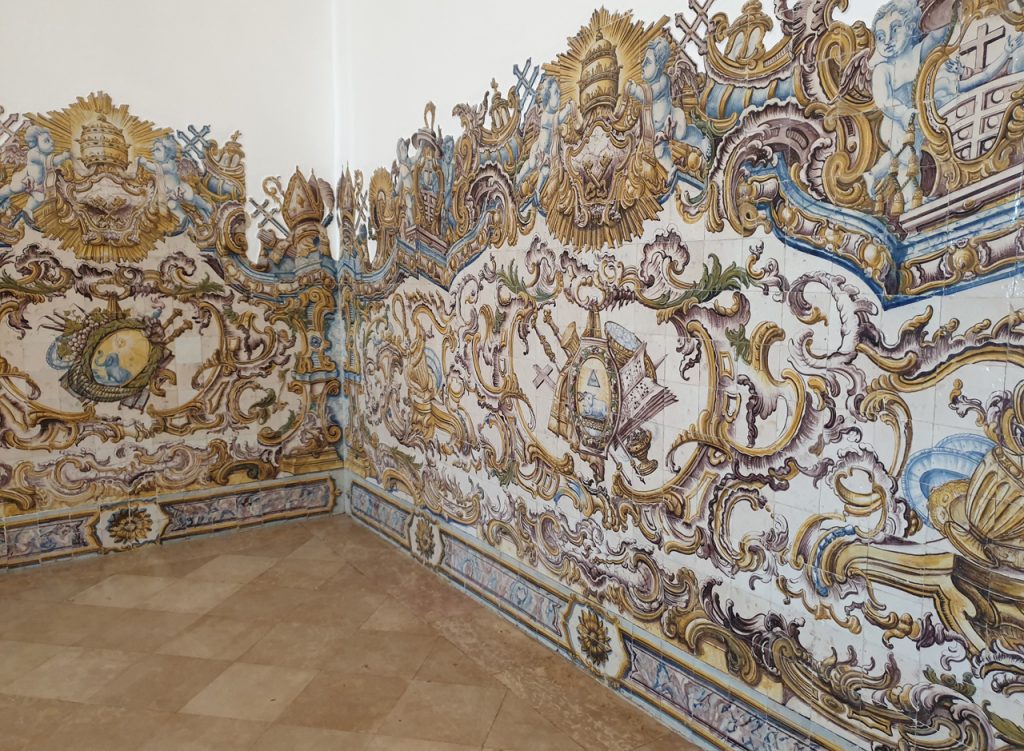
Besides the blue tiles the exhibits are are not that impressive. We can see paints and sculptures depicting several of the bishops of Algarve, most of them created during the 17th and the 18th centuries.
This palace opened to the public in 2019, by the will of bishop D. Manuel Quintas. The inauguration took place on the 11th April 2019, following a restoration work.
It can be visited from Monday to Saturday, 10:00 to 13:00 and 14:00 to 18:00. Tickets cost 2,50 Euros.
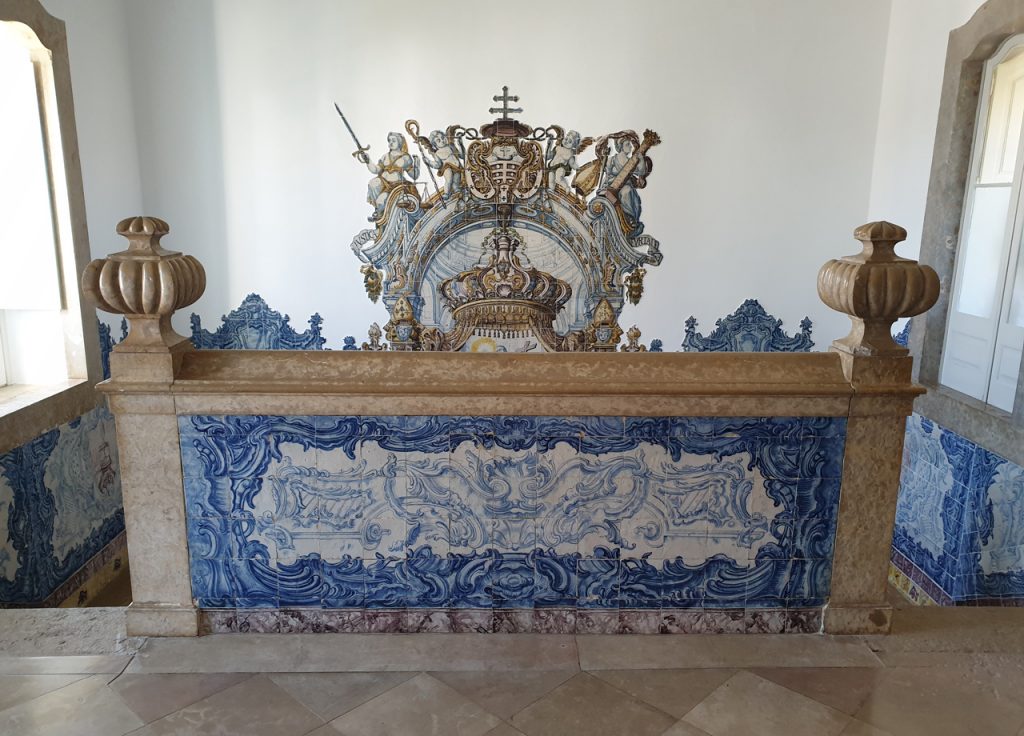

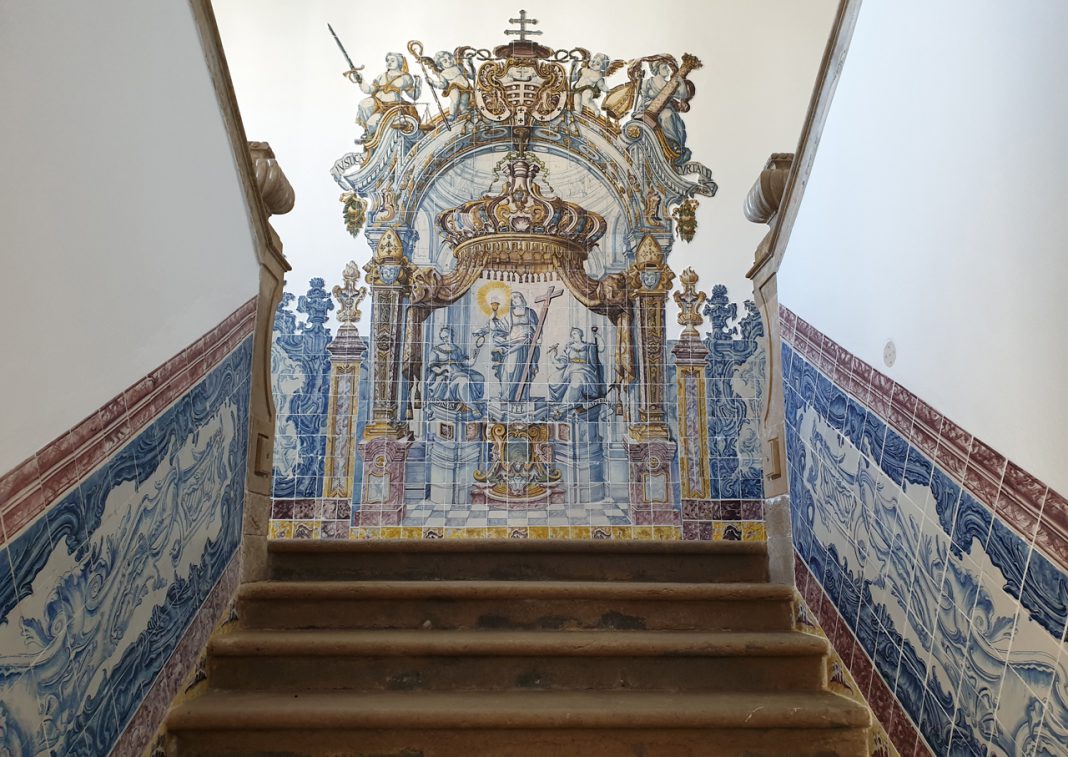
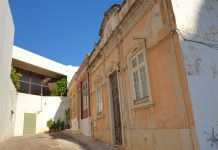
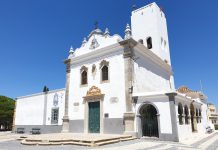

[…] overfor katedralen, i biskoppens gamle palads Paço Episcopal, ligger et fint lille museum med en udstilling af azulejos, de smukke portugisiske […]
[…] across from the cathedral, in the old bishop’s palace Paço Episcopal, there is a lovely little museum with an exhibition of azulejos, the beautiful […]